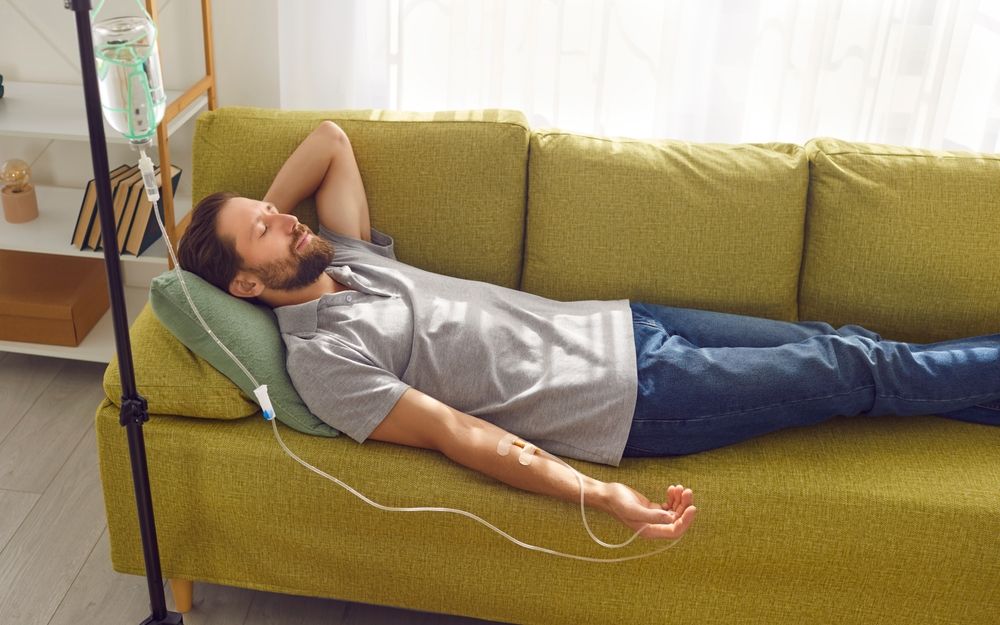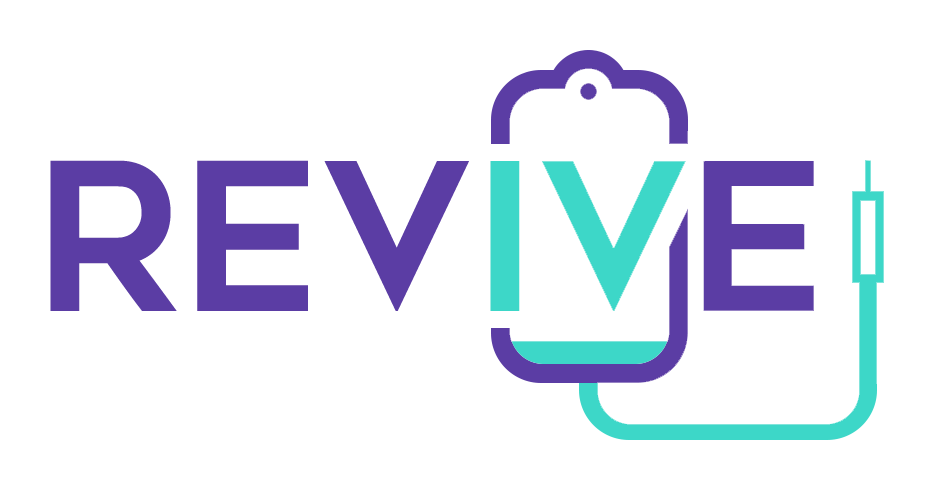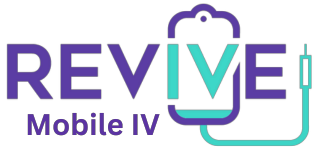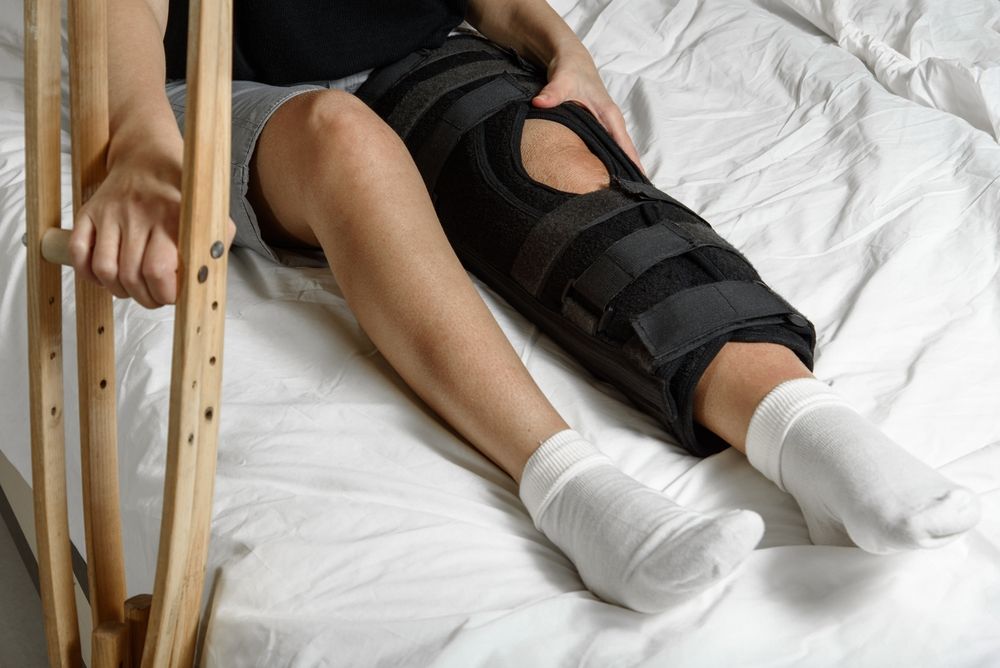Questions? click here to call
How to Prepare for Your First IV Therapy Appointment
How to Prepare for Your First IV Therapy Appointment

As more people turn to alternative and complementary therapies, intravenous (IV) therapy has gained popularity for its ability to deliver nutrients directly into the bloodstream. If you are preparing for your first IV therapy appointment, it's important to understand what to expect and how to prepare effectively. This guide will walk you through the essential steps to ensure a smooth experience.
Understanding IV Therapy
What is IV Therapy?
IV therapy is a medical treatment that involves the administration of fluids, medications, and other nutritional substances directly into the patient's bloodstream via a small, flexible tube called a catheter. This method allows for faster absorption of nutrients and medications, often leading to more efficient results compared to oral ingestion. The procedure is typically performed in a clinical setting, ensuring that patients are monitored for any potential reactions or side effects during the infusion process.
Clinics provide various types of IV therapy, catering to different needs such as hydration, replenishment of vitamins and minerals, or treatment of certain medical conditions. The specific type you receive will depend on your health goals and the recommendation of a healthcare professional. For instance, some clinics offer specialized formulations aimed at athletes for quicker recovery post-exercise, while others focus on wellness blends designed to boost overall vitality and energy levels.
Benefits of IV Therapy
IV therapy offers numerous benefits, which may include:
- Immediate hydration
- Enhanced absorption of vitamins and minerals
- Increased energy levels
- Support for the immune system
- Detoxification
- Faster recovery from illness or strenuous activity
Many individuals report feeling revitalized and more energetic following their sessions, making IV therapy an attractive option for those looking to improve their wellness. Additionally, the therapy can be tailored to meet individual health concerns, such as chronic fatigue, migraines, or even hangover relief, providing a personalized approach to treatment. The ability to customize the infusion with specific vitamins, such as Vitamin C or B-complex, allows patients to address their unique health challenges effectively.
Moreover, the convenience of IV therapy cannot be overstated. Many clinics now offer mobile IV services, bringing the treatment directly to your home or office, which is particularly beneficial for busy professionals or those with mobility issues. This accessibility, combined with the immediate effects of the therapy, makes it an increasingly popular choice for individuals seeking a quick and effective way to enhance their health and well-being.
Pre-Appointment Preparations
Scheduling Your Appointment
When scheduling your first IV therapy appointment, it’s crucial to do thorough research. Look for reputable clinics with licensed professionals. Many clinics require you to fill out a health questionnaire and may request medical records, so be prepared for that when booking your appointment.
Consider your schedule and choose a time when you can relax afterward, as some individuals may feel drowsy post-treatment. It’s also wise to confirm the duration of the appointment when you book, as sessions can vary in length.
Dietary Considerations Before IV Therapy
In the days leading up to your appointment, consider your diet. Staying well-hydrated is generally recommended, so aim to drink plenty of water. Avoid alcohol and excessive caffeine, as these can dehydrate your body and potentially affect the outcome of the therapy.
Some clinics may recommend specific foods to eat before your session to maximize the nutrients absorbed through IV therapy. Foods rich in vitamins and minerals can enhance the efficacy of the treatment.
What to Wear for Your IV Therapy Session
Choose comfortable clothing for your appointment, ideally with short sleeves or a loose-fitting top. This will allow easy access to your arm, where the IV will typically be inserted. Additionally, layering can help you manage your comfort level, especially in air-conditioned spaces.
Wearing something you feel relaxed in can offer psychological comfort, making the experience more pleasant overall.
What to Expect During Your IV Therapy Session
The IV Therapy Process
During your appointment, a qualified medical professional will assess your health and discuss the specific IV therapy you will receive. After confirming your information, they will clean the area on your arm and insert the catheter with a quick jab. While some may feel a brief pinch, numerous individuals report the process to be relatively painless.
Once the IV is in place, the solution will start flowing into your bloodstream. You may be seated in a reclined position, allowing you to relax. Sessions generally last between 30 to 90 minutes, depending on the specific IV infusion.
Potential Side Effects of IV Therapy
While IV therapy is generally considered safe, some individuals may experience mild side effects such as:
- Bruising or discomfort at the insertion site
- Fluid overload, leading to swelling
- Allergic reactions to the nutrients or medications
If you experience unusual symptoms, such as rash or difficulty breathing, make sure to inform the attending healthcare professional immediately.
Post-Appointment Care
Aftercare Tips for IV Therapy
After your session, take a moment to allow your body to acclimate. It’s often recommended to drink plenty of water to help flush and utilize the nutrients you've just received. Listen to your body; if you feel fatigued, consider taking a nap or resting in a calm environment.
Avoid any strenuous activities for the rest of the day. Giving yourself time to relax can enhance the therapy's benefits and contribute to overall wellness.
Signs to Watch Out for After IV Therapy
Keep an eye on how you feel after the therapy. It’s important to be aware of potential signs that require medical attention:
- Excessive redness or swelling at the insertion site
- Severe headaches or dizziness
- Shortness of breath or chest pain
If any of these symptoms arise, contact your healthcare provider promptly for guidance.
Frequently Asked Questions About IV Therapy
Can I Drive After My IV Therapy Session?
Many individuals feel fine after their IV therapy session and are capable of driving. However, if you experience any drowsiness or discomfort, it may be best to have someone accompany you. Always assess how you feel before making the decision to drive.
How Often Should I Schedule IV Therapy Sessions?
The frequency of IV therapy sessions varies based on individual health needs and goals. Some people benefit from weekly sessions, while others may see improvement with monthly visits. Consult with your healthcare provider to establish a schedule that is right for you.
In conclusion, preparing for your first IV therapy appointment involves understanding the process, making dietary adjustments, and knowing what to expect. By following these guidelines, you can ensure a smooth and beneficial experience that may significantly enhance your overall well-being.











